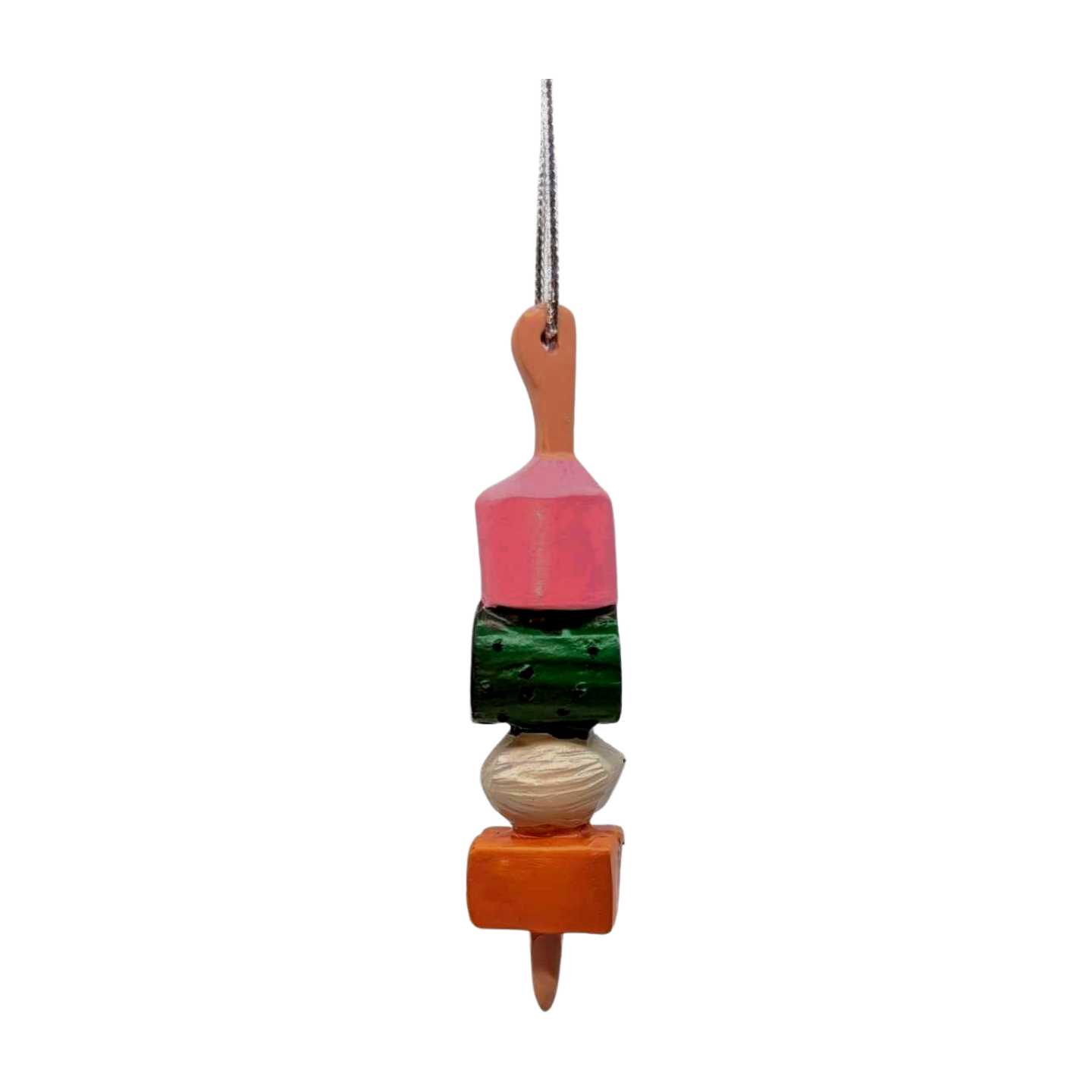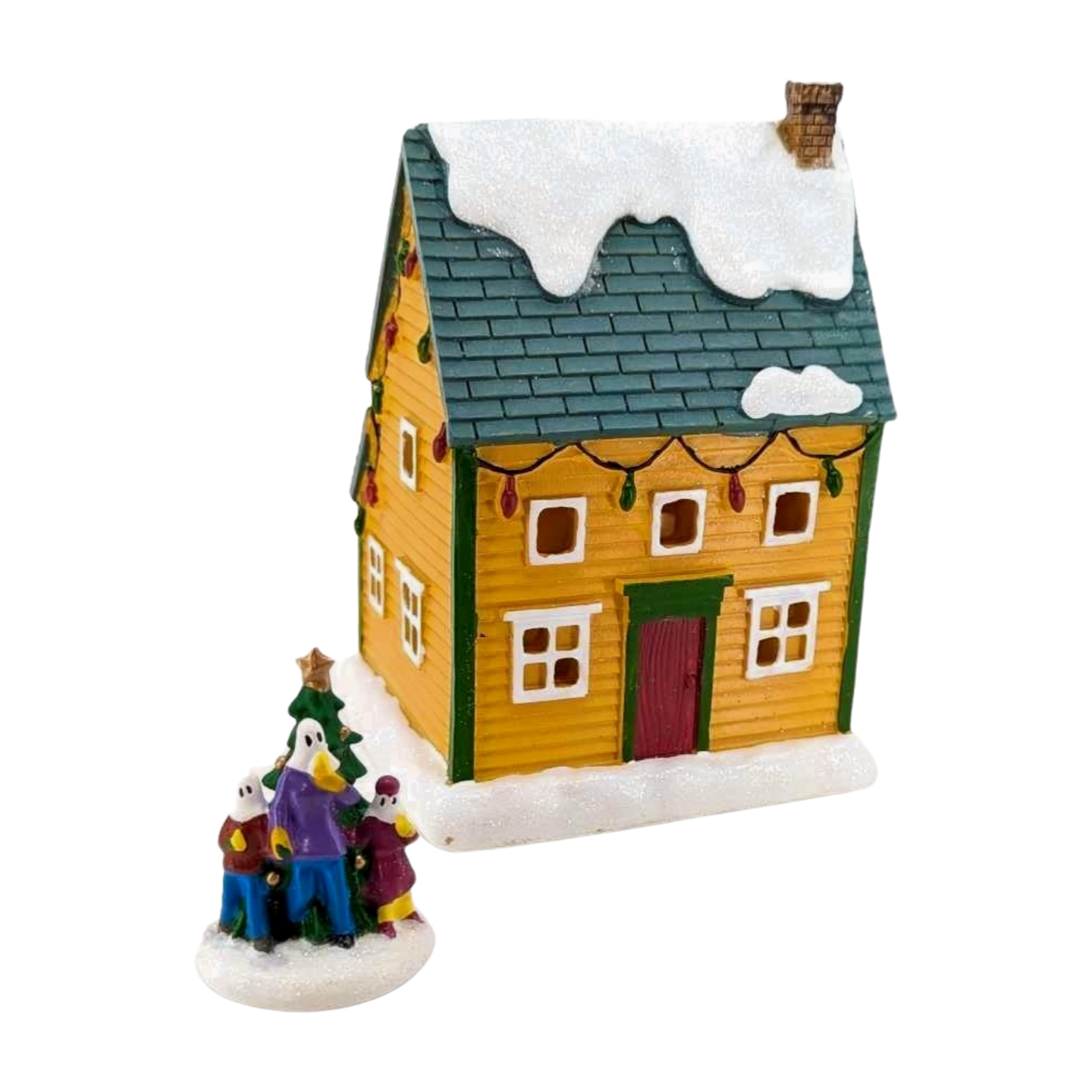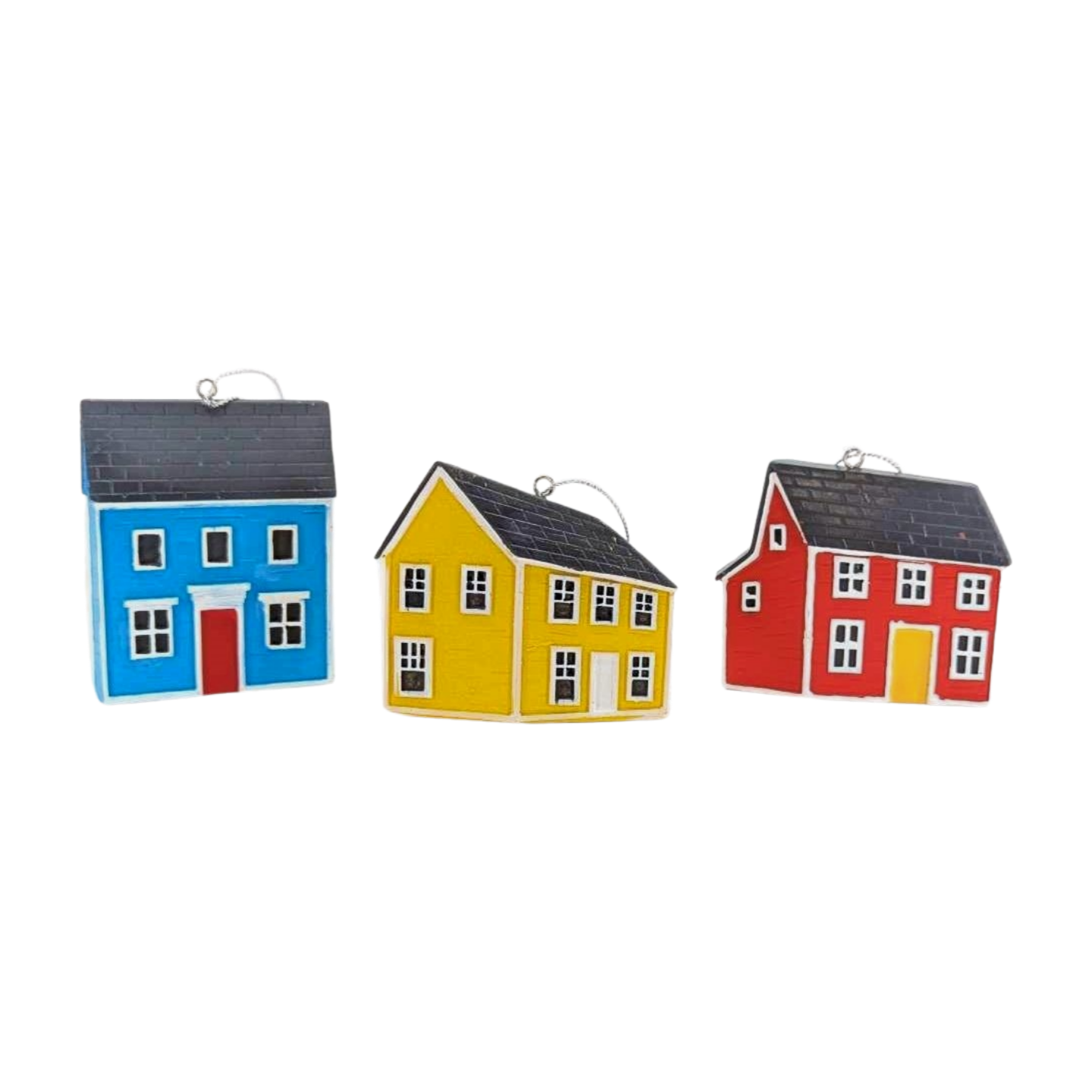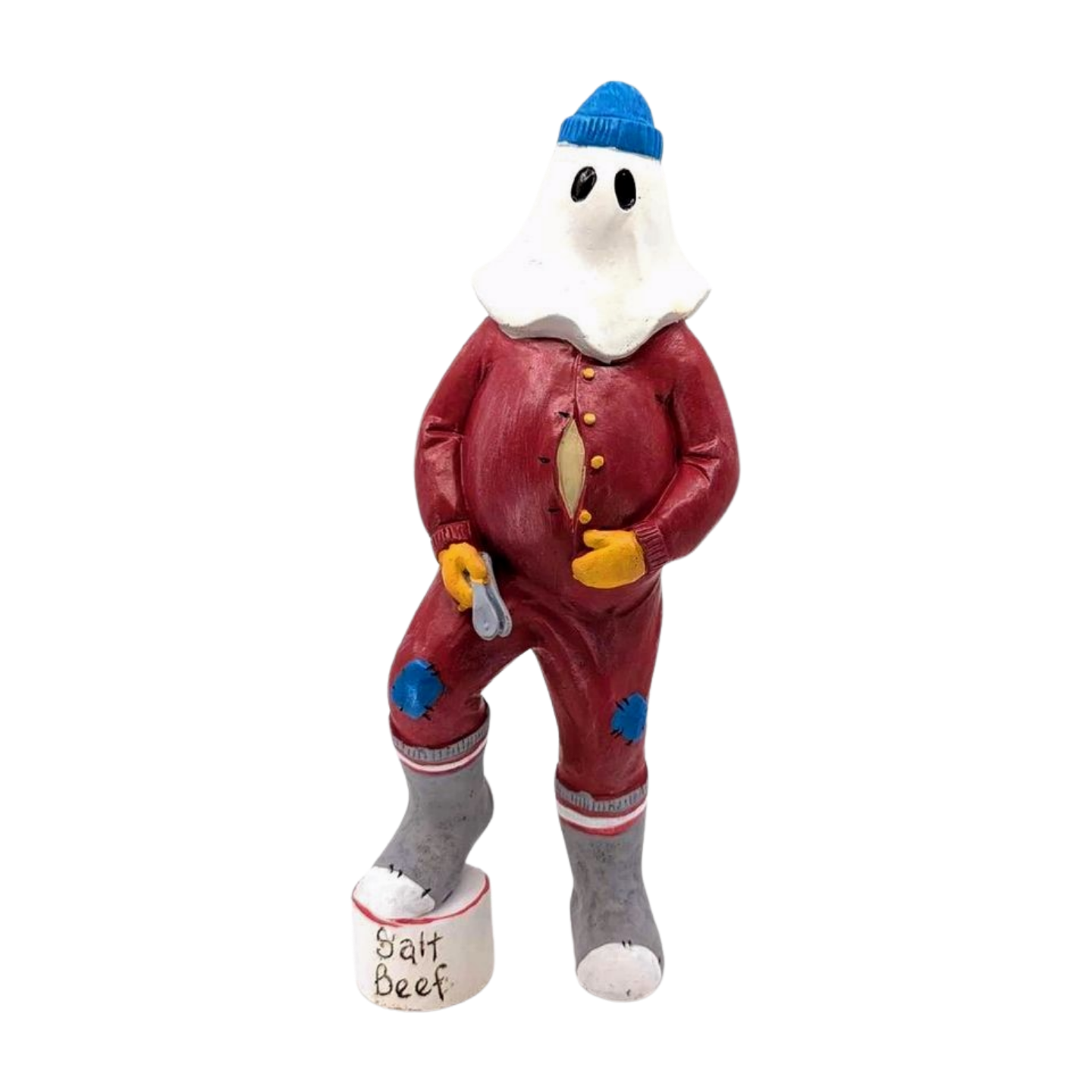By Kim Thistle
What self-respecting Newfoundlander does not love a bit of salt junk and vegetables? Firstly, the discussion should be about the difference between “cooked dinner” and “Jiggs dinner.” Newfoundlanders are almost as passionate about this as they are about the difference between turnip and rutabaga. My understanding is that “cooked dinner” has some sort of roasted meat, be it beef, pork or fowl. Jiggs dinner, however, consists of vegetables and salt meat. Gawd, I hope I got that right or there will be mutiny.
I cannot do much in the way of helping you grow or salt the meat, but I can certainly give guidance on growing the vegetables. First of all, you will need to decide if you can manage a garden and the cabin. If you spend more time at your “summer home” during the growing season, it would probably be best to plant said garden at the cabin or cottage where you can keep an eye on it. Gardens are not a wise choice for folks who like to be travelling all the time, so think it through before you start.
I have listed the vegetables most often included in a traditional Jiggs dinner, with the exception of the split peas. I have never tried to grow these and have no idea if they would be successful in our climate.
Greens
Look for “rapeseed” at your local nursery. The connoisseurs tell me that rapeseed is superior to Turnip Top Green seed. I gotta be honest, I can’t tell the difference. Greens have a fast turnaround time and grow well in cool weather. Broadcast them as early as you can work the soil. Don’t plant them one by one, or you will go batty. Greens are harvested after about 50-55 days, so you can sow seed every two weeks (or so) to have continuous greens all summer. Word of warning… they tend to bolt (go to flower) in the heat of summer, so try to avoid that midsummer heat and concentrate on growing them in spring and early summer, or late summer and fall.
Spuds
Buy certified seed potatoes and plant them around the 24th of May weekend. Try to get them in the ground before you head off to the cabin (or plant them at the cabin). Potatoes will turn green if exposed to sun, so be sure to hill them up with new soil throughout the summer to protect those tubers from sunburn.
Carrots
These seeds can be planted as early as the soil can be worked. I often get mine in the ground in early May, but it depends on the sort of spring we are having. Once you plant them, you can’t go to the cabin unless you have an automatic on/off drip hose. Carrot seeds do not like to dry out while germinating. Once you see those greens reaching a couple of inches high, you can get on the road again.
Parsnip
These delicious roots take a long time to grow, so be sure to get your seed in the ground early. Late April or early May is best, as long as the soil is not sopping wet or covered in a layer of ice. Soil temperature should be a minimum of 2°C, but ideally should be about 10°C. Avoid using old seed. Parsnip seed does not keep well from year to year, and your germination may be poor if using leftover seed from the previous season.
Turnip/Rutabaga
(It really is Rutabaga), I like Laurentian the best; it’s an oldie but goody. You can direct seed once the soil is about 15°C, but I have had good success with starting this seed indoors and then planting outside once the seedlings have a couple of sets of true leaves on them. (The first two round leaves are not true leaves.) Turnip, parsnip and carrot all sweeten after the frost has had a chance to convert the starches to sugar, so leave them in the ground until they get a good, hard frost.
Cabbage
Newfoundland gardeners are fussy about their cabbage type. A few of the preferred varieties are Copenhagen Market, Early Jersey Wakefield and Stonehead. I had a customer tell me to stop growing that old Savoy. “’Tis nothing but dirt!” Well, I happen to love it. You are best purchasing small cabbage plants rather than direct seeding, but if you want to stagger your crops, you can direct seed for a later harvest.
Beet
I love freshly roasted beet, but apparently I am weird. “They” tell me you have to have pickled beet to go with your Jiggs dinner, so not only do you have to grow the beet, but now you have to pickle it, too. If you are growing beet to bottle, look for Cylindra beet seed. They grow to approximately 5” long and are easy to slice. Because of their length, they have a habit of pushing up through the ground as they grow, so be sure to hill them to keep the roots tender. This variety tends to be a bit sweeter than the average red beet.
Dessert
Well, now you have to go out berrypicking. No Jiggs dinner is complete without blueberry duff or partridgeberry pudding. The best part of this ingredient is that Mother Nature gives you a break and does the growing for you.
Now go make your mudder-in-law proud!











